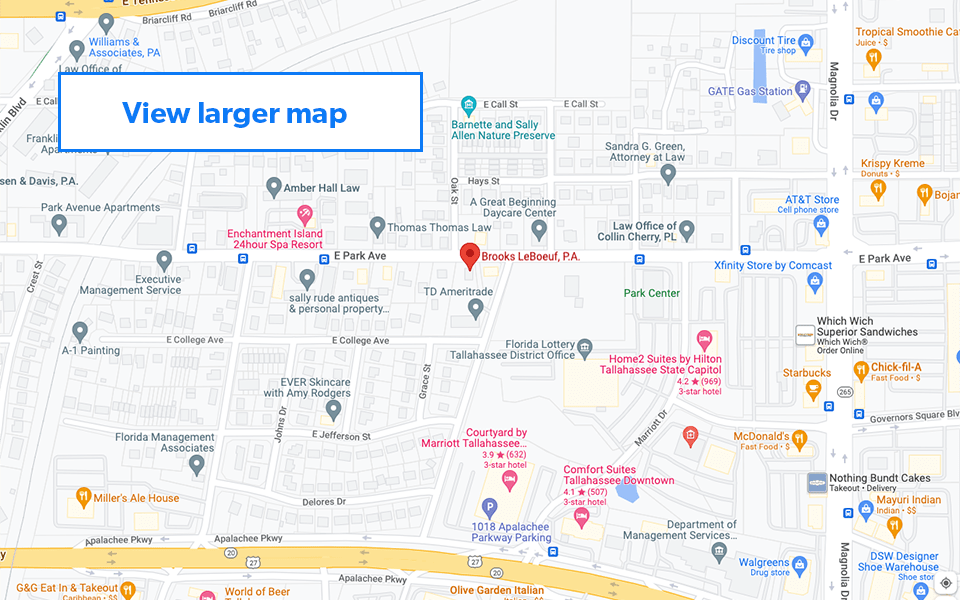Did you know that approximately 40.3 million people around the world are being trafficked?
Unfortunately, this number continues to rise, as human trafficking remains a global epidemic.
You may have noticed the words ‘human trafficking’ have increased in prominence in recent years. Media outlets, legislative bodies, and governments, have increasingly brought light to the serious nature of trafficking. Understanding the various types of trafficking, however, as well as warning signs and resources available to victims, is critical to helping combat this issue. To help better inform you about this human rights violation, let us share with you some information about human trafficking.
What is human trafficking?
Article 3, paragraph (a) of the Protocol to Prevent, Suppress and Punish Trafficking in Persons defines human trafficking as the “recruitment, transportation, transfer, harbouring or receipt of persons, by means of the threat or use of force or other forms of coercion…for the purpose of exploitation.” There is a common misconception that the only form of human trafficking is sex trafficking. While sex trafficking accounts for a large portion of all trafficking victims, there are many victims who are exploited through labor trafficking, particularly in the United States.
What are some warning signs that someone is a trafficking victim?
No two trafficking victims are alike, however, there are some notable warning signs of trafficking victims that you should be aware about. Physical symptoms, such as a malnourished appearance, signs of physical injuries or abuse, as well as lacking eye contact may indicate that a bigger issue is at play. Other symptoms include fear of law enforcement or authority figures, a lack of official identification documents, and always being accompanied by another individual are important to look out for.
What resources are available to victims?
If you or someone you know may have been a victim of human trafficking, it is important to seek immediate assistance. You can connect with local and community resources by calling the National Human Trafficking Hotline, a multi-lingual service, 24 hours a day at 888-373-7888. To receive health and victim relocation services, we encourage you to review the Department of Health and Human Services directory of services available to both U.S. citizens and foreign nationals. Above all, remember there is no substitute to calling law enforcement at 911 if you believe you, or someone you know, is in immediate danger.
We know that human trafficking is a particularly sensitive topic for many of us. If you have questions about anything discussed in this article or need to be connected to resources, we are the community law firm here for you 24 hours a day, seven days a week.


